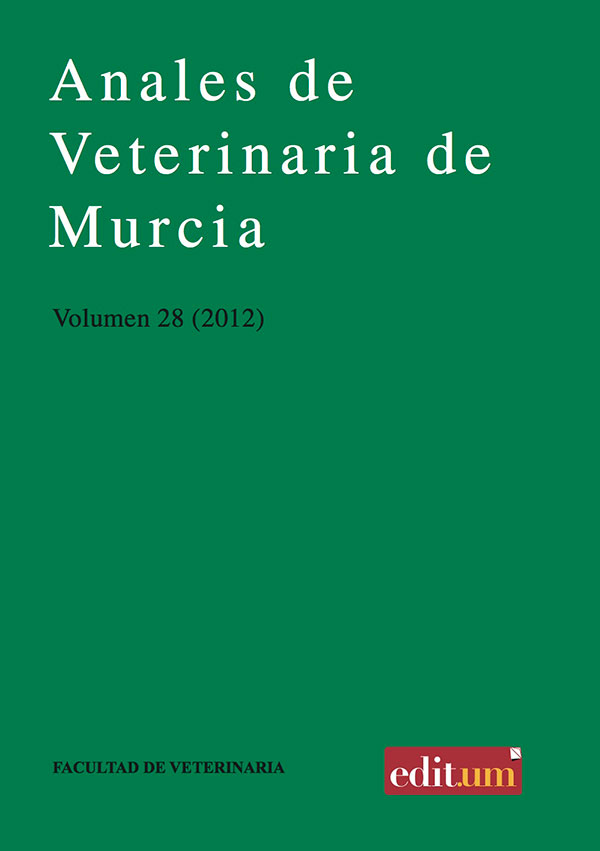Assessment of risk transmission virus diseases across of food used to feed bluefin tuna (Thunnus thynnus)
Abstract
The fattening of bluefin tuna is a very important economic activity for Spanish aquaculture, and mainly for the Mediterranean area. The feeding is supplied exclusively by bait consisting of complete copies of small pelagic fish and cephalopods like squid. The amount of bait needed to feed these animals is very considerable, since it is estimated between 2 and 10%. The D. G. Livestock and Fisheries within Epidemiological Surveillance Pilot Program in Aquatic Animal Inland Murcia Region started in 2006, provides for the realization of a series of regular checks on the bait used on tuna farms in Murcia ́s coast. The objective is to evaluate in a practical way possible transmission of viral diseases to the local wildlife and the rest of aquaculture farms located in the area. In this paper reflects the results of the first four years of this monitoring program.Downloads
-
Abstract371
-
PDF (Español (España))440
Creative Commons Attribution 4.0
The works published in this journal are subject to the following terms:
1. The Publications Service of the University of Murcia (the publisher) retains the property rights (copyright) of published works, and encourages and enables the reuse of the same under the license specified in paragraph 2.
© Servicio de Publicaciones, Universidad de Murcia, 2019
2. The works are published in the online edition of the journal under a Creative Commons Attribution-NonCommercial 4.0 (legal text). You can copy, use, distribute, transmit and publicly display, provided that: i) you cite the author and the original source of publication (journal, editorial and URL of the work), ii) are not used for commercial purposes, iii ) mentions the existence and specifications of this license.

This work is licensed under a Creative Commons Attribution-NonCommercial-NoDerivatives 4.0 International License.
3. Conditions of self-archiving. Is allowed and encouraged the authors to disseminate electronically pre-print versions (version before being evaluated and sent to the journal) and / or post-print (version reviewed and accepted for publication) of their works before publication, as it encourages its earliest circulation and diffusion and thus a possible increase in its citation and scope between the academic community. RoMEO Color: Green.




